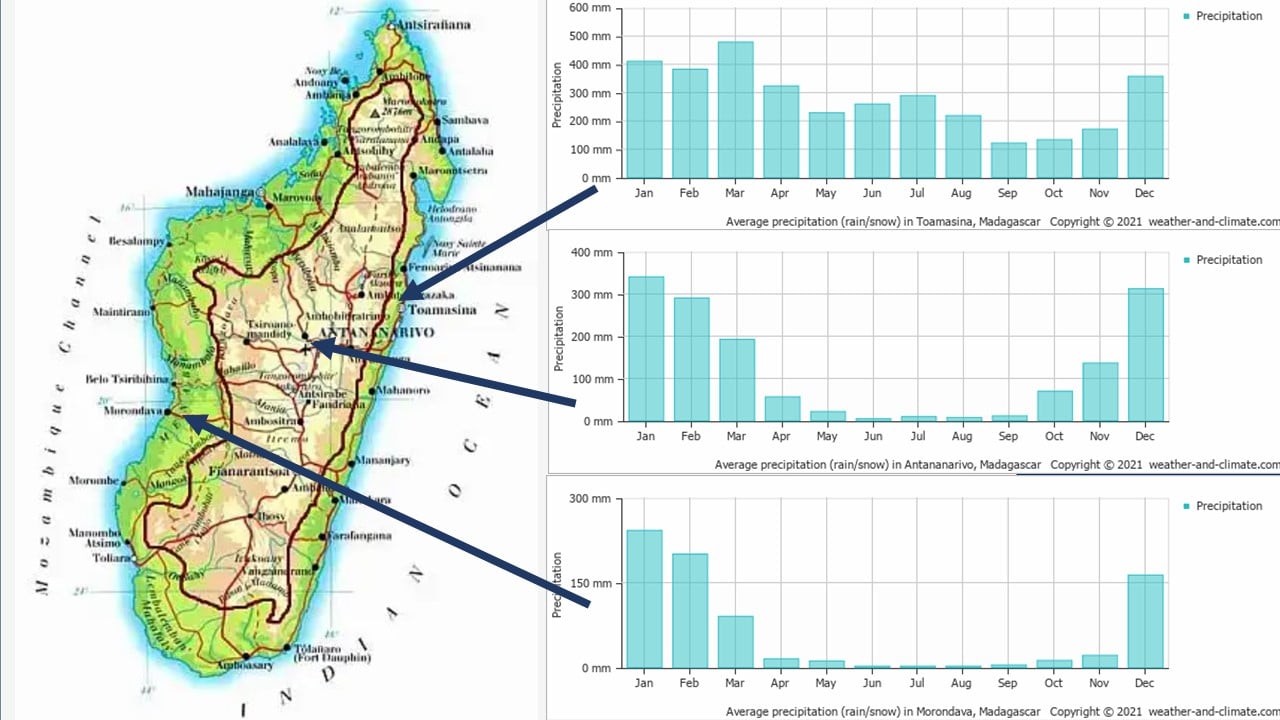CAN WE STOP THE STARVATION OF BIBLICAL DIMENSION ON MADAGASCAR?
World Food Program chief David Beasley addressed a humanitarian meeting in Brindisi, Italy, on June 30, warning that Madagascar was facing an “unprecedented starvation of biblical proportions” (https://www.washingtonpost.com/…/madagascar-climate…/).
It should be recalled that the historic drought in Syria has led to war and the mass exodus of hundreds of thousands of people to Europe from the region and also from Africa.
Less than 2 months have passed and starvation has become a reality. The drought that has hit the island, which, due to its exceptional species richness, high number of unique plant and animal species, is one of the countries with the highest priority in the world in the field of biodiversity protection.
Madagascar is home to more unique species of plants and animals than across the African continent, and more than eighty percent of its species are found nowhere else on Earth.
Despite this precious gem, the international community suffers from deafness and laxes that it is a consequence of climate change. Is that really so? So let’s look at the drought that brings an apocalypse of biblical proportions as people begin to eat grasshoppers from hunger.
More than 3,000 mm per year rainfall falls on the east coast of Madagascar. In the capital city Antananarive about 1300 mm and on the west coast about 700 mm, so much as in Slovakia teritory.
In the southwestern areas of the island, which is almost 12 times larger than Slovakia and 4 times more people live there than in Slovakia, where there is as much precipitation as the poorest areas of the southwestern island.
Problems are caused by monsoon rains (trade winds), which bring intense rain to the island from the east in the summer months, when 400 mm on average fall on the east coast, about 300 mm inland and about 200 mm on the west coast.
It is these monsoon rains that bring frequent and extreme floods, erosion and leaching of soil from runoff. This causes the damaged landscape to dry out gradually.
If we look at the google map, we can see that there is a huge erosion in the country and pieces of greenery are found only in deep gorges and valleys. The monsoon rains bring tragic floods that destabilize the whole island.

While more than 100 mm falls on the east coast and in the poorest months of precipitation (September – October), barely 60 mm falls on the west island in 8 months (April – November).
This precipitation-poor period inland (see precipitation in Antananarivo) will bring the aforementioned 60 mm in 5 months (June-September). It is during this period that the landscape, springs, streams and rivers dry up.
Historical inland and west coast rainfall is declining. This is related to the drying up of the landscape and the disintegration of small water cycles. This is bad news for the island, the people on it and the world’s natural heritage.
However, the question is whether there is a solution. Yes, there is the International Community’s humanitarian aid should focus on massively supporting the construction of water retention measures throughout the country so that the eroded and parched country can be saturated with rainwater.
We will help the poor to get to their feet systemically, or we will help them as I do to protect the population of the capital of Madagascar from floods (https://www.afd.fr/…/protecting-population-flood-risks…).
